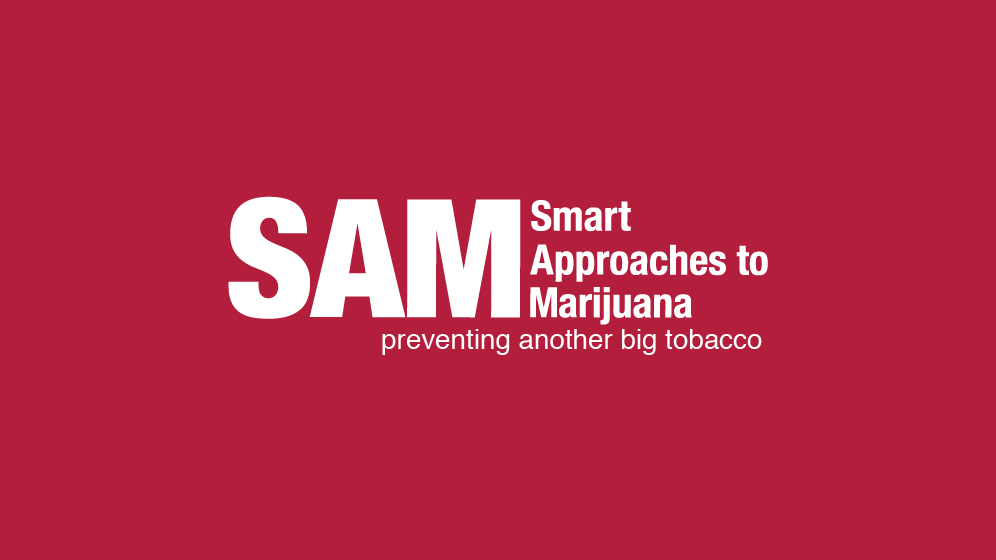
(Alexandria, VA) – Today, the annual Monitoring the Future (MTF) Survey, a record of national youth drug and alcohol use and attitudes data, conducted by the University of Michigan and funded by the National Institutes of Health, found that due to the pandemic causing decreased social interactions, youth drug use rates have dropped among almost all substances–with marijuana standing out as an outlier. Among current users, marijuana is the only substance to report increases, in both student rates of marijuana vaping and smoking (Figure 1).
Figure 1. Change in Drug Use Since Pandemic Among Past Year Users, All Grades

“Not even the pandemic could stop marijuana use rates from rising among current users,” said Dr. Kevin Sabet, president of Smart Approaches to Marijuana (SAM). “This data is extremely concerning and should act as a wake-up call for policymakers and the public. Legalization is having the effect that the industry wants: more, younger users using more of its THC super-charged substance.”
This year’s MTF data showed that although from 2020 to 2021 there were fewer initiates of marijuana, that declining rate was significantly less drastic than the rate for other substances. Annually, youth use of any illicit drug other than marijuana decreased by nearly 40%, whereas marijuana/hashish use decreased by only 27%. For past 30-day use, youth use of any illicit drug other than marijuana decreased by 35%, whereas marijuana/hashish use decreased by less than 25%. Finally, for daily use, youth use of alcohol decreased by over 60%, whereas marijuana use decreased by 24%.
“This data explodes the myth that fewer kids get their hands on marijuana once it is legalized, commercialized, and promoted,” said Sabet.
Additionally, students in each grade living in states with medical marijuana laws reported different attitudes toward pot than those who live in states without medical marijuana. Across the board, they reported higher past-year use rates, greater availability, lower risk perception, and lower rates of disapproval. Those rates were significant among 12th graders (Figure 2).
Figure 2. Differences Among 12th Graders by State Policy, 2021
